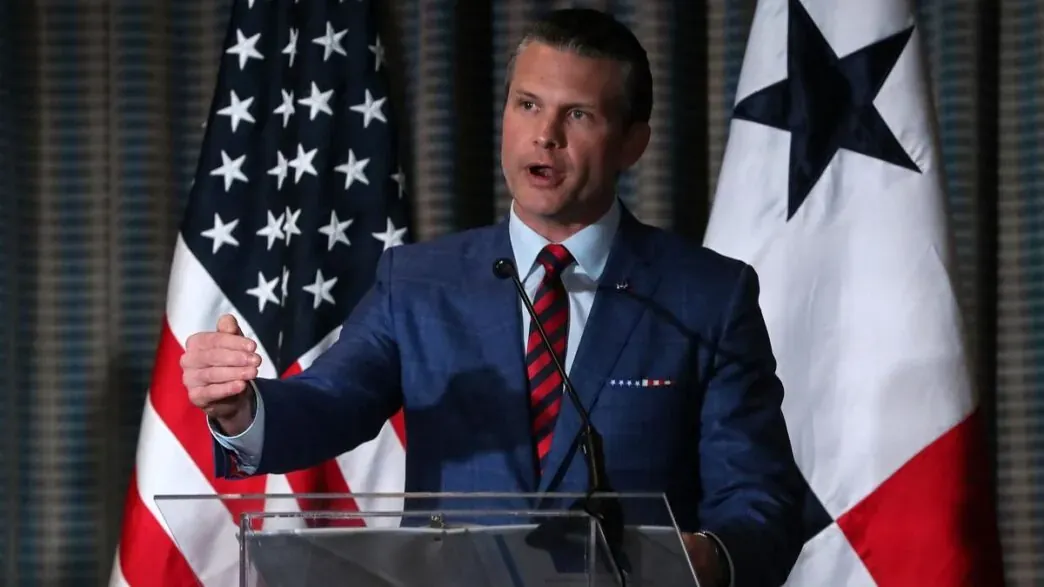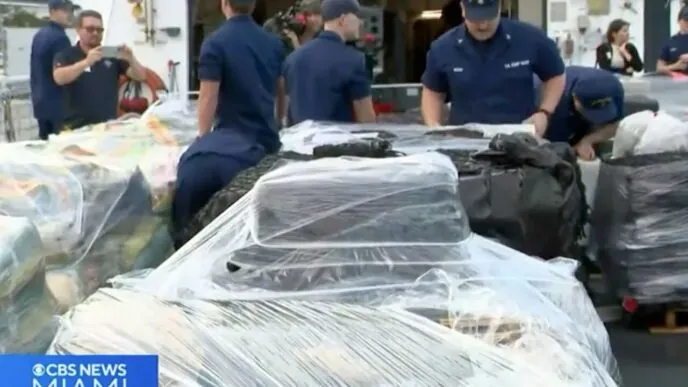In a significant shift in regional security dynamics, Panama has signed a bilateral agreement allowing U.S. military personnel to deploy to Panama-controlled facilities along the Panama Canal, a strategic global trade route that the U.S. once built and administered.
The agreement, signed on April 9, 2025, by U.S. Secretary of Defense Pete Hegseth and Panama’s Security Minister Frank Abrego, enables U.S. troops to engage in training, joint exercises, and a variety of operations in existing Panamanian facilities—some of which were originally built by the United States during its former presence in the Canal Zone.
While the pact does not allow the U.S. to build new bases, it grants broad latitude for deploying an unspecified number of personnel to strategic locations. The deal is being interpreted as a diplomatic win for President Donald Trump, who returned to office in January 2025 with a vow to counter growing Chinese influence in the region.
Trump has frequently raised concerns over China’s involvement in Panama’s logistics and infrastructure sectors, particularly its role in canal-related projects. The Panama Canal is critical to global commerce, handling about 5% of worldwide trade and nearly 40% of U.S. container traffic.
The new deal stops short of a permanent U.S. military return but signals Washington’s renewed focus on Latin America as a geopolitical arena, particularly as China deepens its economic partnerships across the hemisphere.
Despite the strategic rationale, the agreement could face backlash within Panama, where memories of U.S. control over the Canal Zone and its military presence still stir controversy. Legal analysts say any long-term or expanded U.S. deployment would likely require parliamentary approval.
More developments are expected as joint operations begin to take shape in the coming months.













